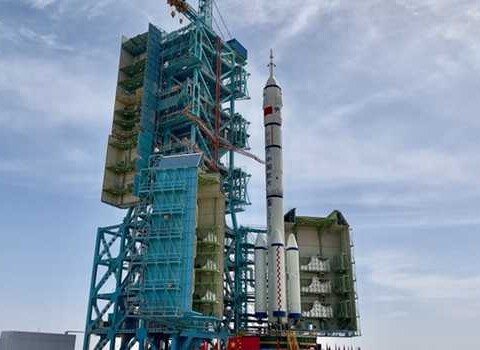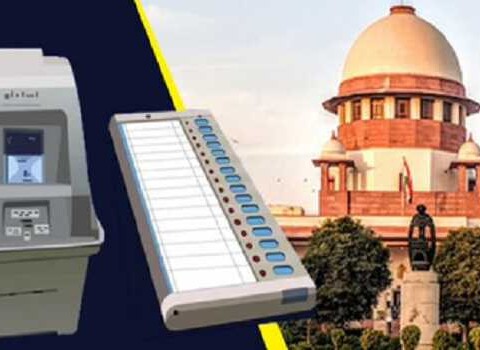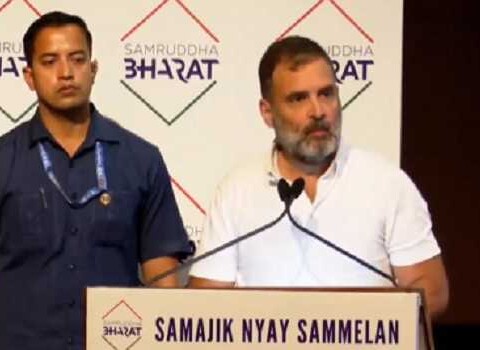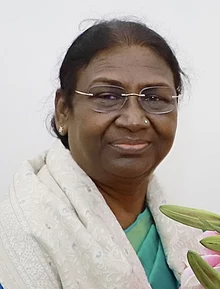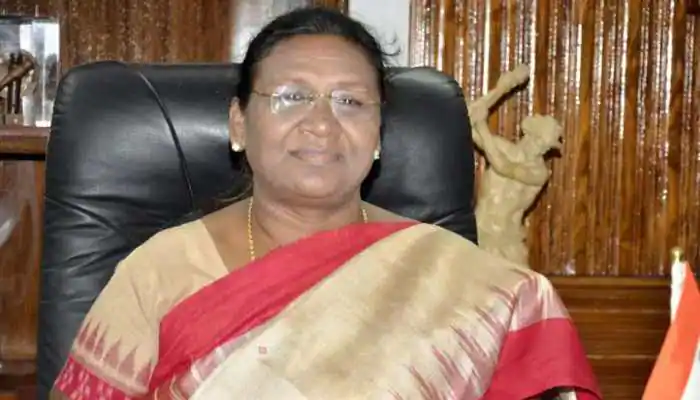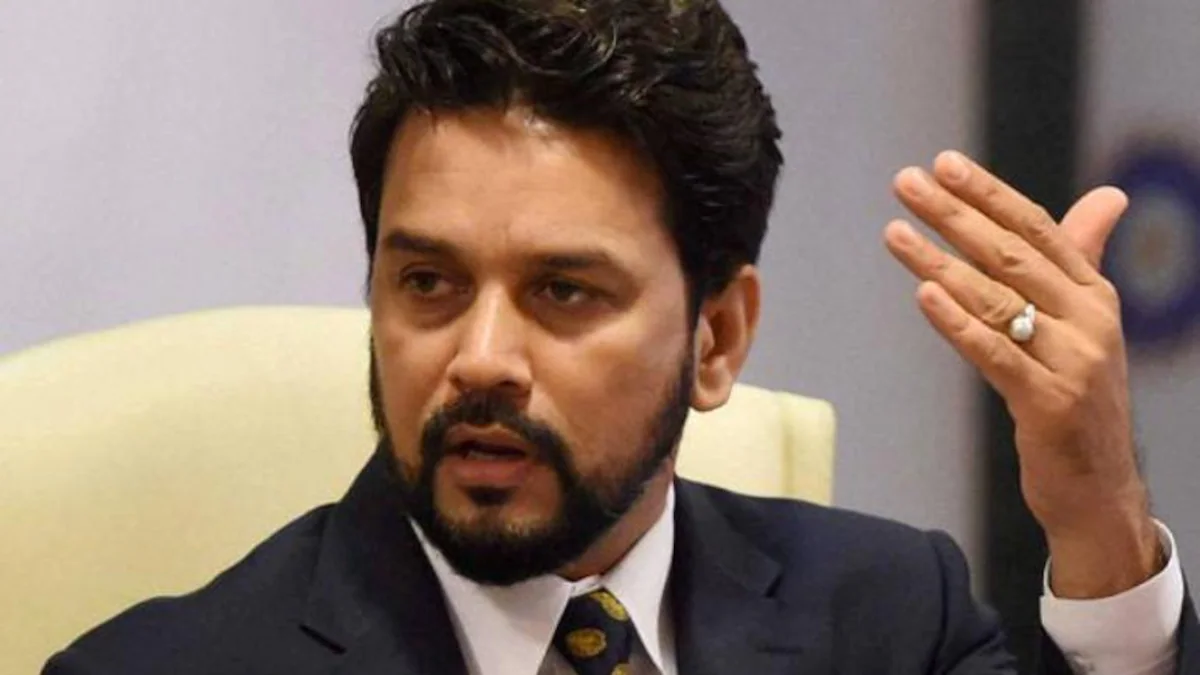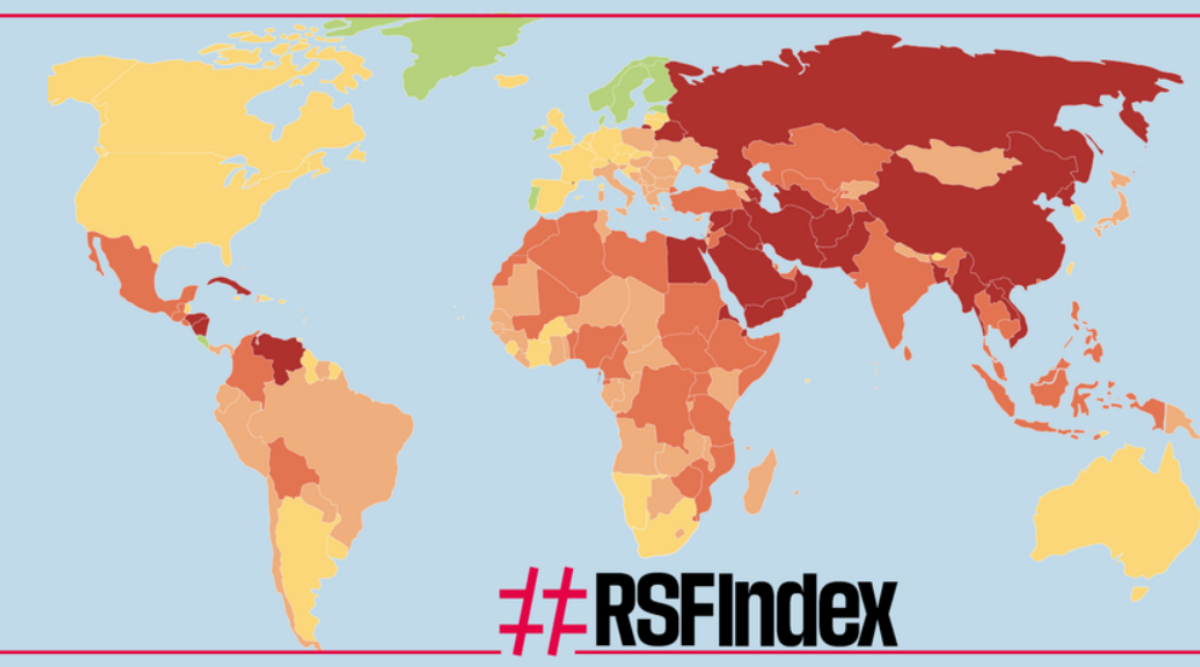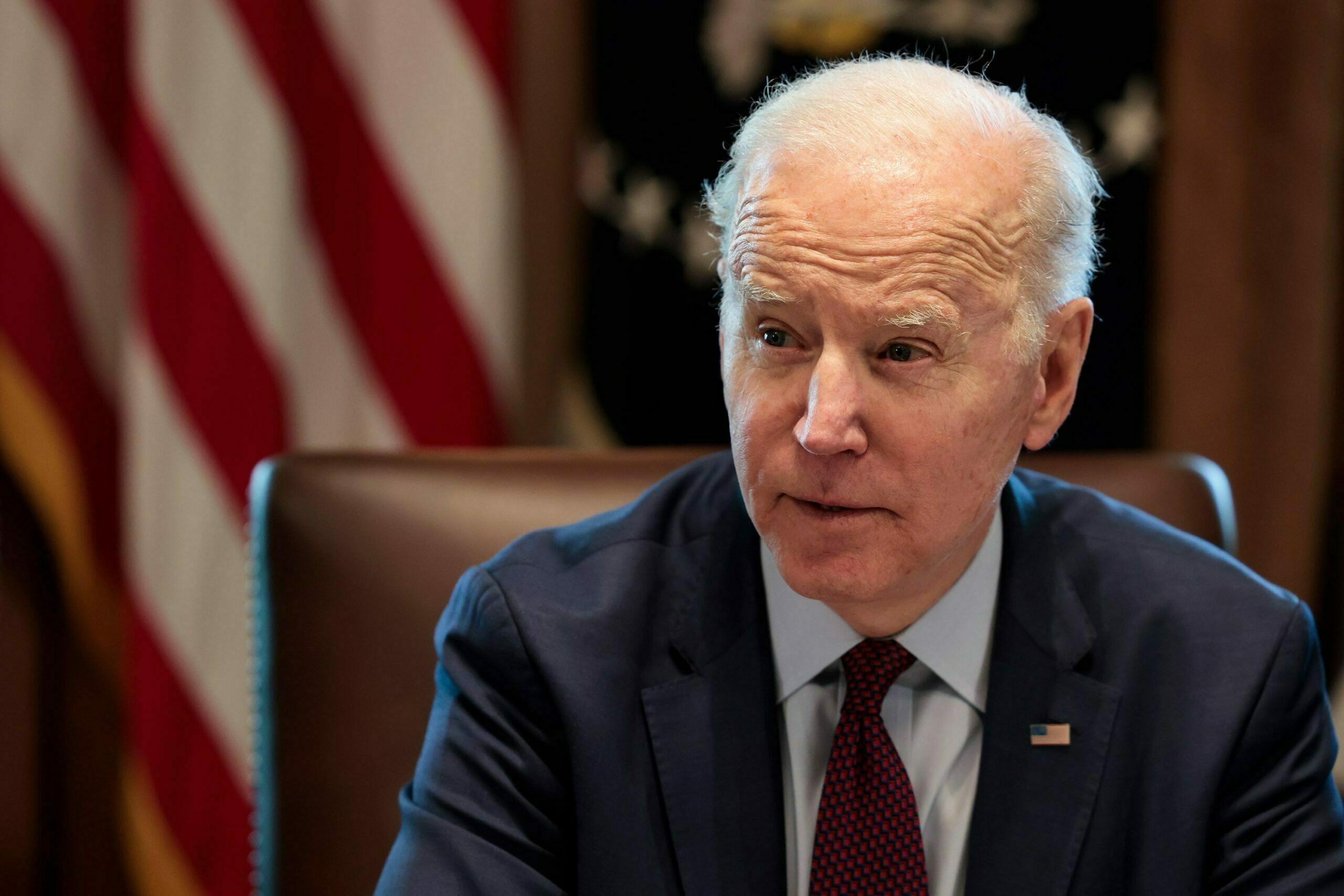Shazia Ambreen
Last week the Jammu and Kashmir Union Territory has launched a fresh J&K poultry policy 2020 to promote the establishment of poultries. Under the new policy of 2020, a slew of benefits and measures have been announced by the UT administration in an order to engage maximum people to opt for the scheme. With the majority population in the UT being a non-vegetarian and immense footfalls of tourists round the year, the poultry has a huge potential to grow. As of now with Jammu Kashmir having over 60 per cent local poultry production, it still imports poultry-related products worth Rs 900 crores annually from neighbouring North Indian states.
In Kashmir alone where the majority of the businesses are struggling to survive owing to its landlocked topography, weather conditions followed by the prevailing conflict, poultry is probably the only business that scripted its success.
So the concentration of local government to boost the sector is probably going a step in the right direction. The promotion of poultry businesses in Jammu and Kashmir may not only enhance the employment opportunities for the local youths, but it can also substantially reduce the fiscal deficits in the livestock sector.
As per the official data, as many as 5.84 crore boilers have been imported from Punjab and other North Indian states during the year of 2017-18.
“The implementation of J&K Poultry Policy, 2020 is expected to create employment avenues for youth and shall be a big step for making the UT self-sufficient in poultry production besides supplementing the income of farmers,” says Naveen Chowdary, Principal Commissioner Secretary Animal and Sheep Husbandry Department.
“It will curtail the annual import bill of approximately Rs 900 crore spent on importing poultry and its products from outside the UT.”
Under the new policy, the government is planning to offer Rs 50 crore subsidy to farmers per anum for the establishment of units.
The amount, allocated by the UT, however, compliment other existing or new schemes of both centre and the state government. To mention here, many schemes of state and centre especially by MSME are already in vogue in Jammu and Kashmir to boost the poultry sector in UT.
Earlier in 2018, the than state government had formulated a draft policy for the Poultry promotion in the state. It had stated that Jammu and Kashmir in 2012-13 have imported 350 lakh birds and the imports have been over the years reduced to the home ground poultry. The policy was aiming to give a flip to the local production subsequently, last week the long pending demand was met following the launch of fresh poultry scheme in UT.
Presently, Jammu Kashmir has over 3000 poultry farms operational and the poultry consumption is around 5 crore birds annually, falling a shortage of over 1.20 crore birds.
The poultry farms are located predominantly in Kathua, Samba, and Udhampur in Jammu region while in Kashmir the poultry farms are coming up in Pulwama, Srinagar and Budgam districts. There are also some small farms in north Kashmir though that doesn’t suffice the local demand.
“Kashmir is a consumer market, the poultry business has a huge potential to grow. You grow the product here and sell in the local market with minimum risks and logistic support is a big advantage of any business to succeed,” says Mohammad Anayat who runs the poultry unit in Sopore town of North Kashmir.
Anayat, however, is concerned about the fluctuating rates in the market. Mostly in winters, Anayat says, the rates for the feed they purchase for the poultry in winters due to road closure is skyrocketing owing to which rates of birds also spike.
“It catches us in a tough situation. As a lot of poultry is ready, we can’t hold it back and need to sell in the market. If we wait for the rates to stabilize it will consume more feed that will incur us huge losses,” he says, urging authorities to build a mechanism so that feed could be stocked adequately and dealers are frequently checked for high prices in winters.
The UT government has also launched the courses for the training of unemployed youths aspiring to set up their own poultry farms. The youth are trained at Entrepreneurship Development Institute (EDI), both at Srinagar and Jammu followed by financial assistance under various entrepreneurship schemes.
“The trend of setting up poultry units in Jammu Kashmir is growing. Hundreds of aspiring youths are coming along with the hopes and proposals to us,” says an official at EDI, adding “we need to encourage them and show the proper way to excel in their endeavour”.
Asif Abdullah an aspiring entrepreneur says that a lot more needs to be done to promote the local poultry. There is a need to make it a full-fledged industry and land shall be identified for setting up the units.
“I am an educated youth and aspiring to set up the poultry farm. I have all the expertise of the business but I lack the land where the farm could be set up,” he rues.
Confident to take this business to heights, Abdullah says, if the government provides him a land at any feasible place, not only he can successfully run the unit but also create job opportunities for the local youth.
Each poultry form directly requires three to four dedicated employees to run it successfully. Indirectly it offers the work opportunity for many more people that include the transporters, feed suppliers, and those who sell poultry in the market on a retail basis.
With Jammu Kashmir having the highest unemployment rate in North India, encouraging and promoting the poultry industry in UT can in a long way help to deal with the crisis.
It can also ensure the self-sustenance or Atmanirbhar Bharat goal set by the Government of India.
“I see hope in this scheme since it has minimum dependence on electricity. Normally while setting up an industrial unit, the electricity is the prerequisite. In Jammu and Kashmir, the regular supply of electricity is the main issue,” says an official of the Animal Husbandry department in Srinagar, wishing not to be named. “The poultry farm does not require electricity,” he concludes.



